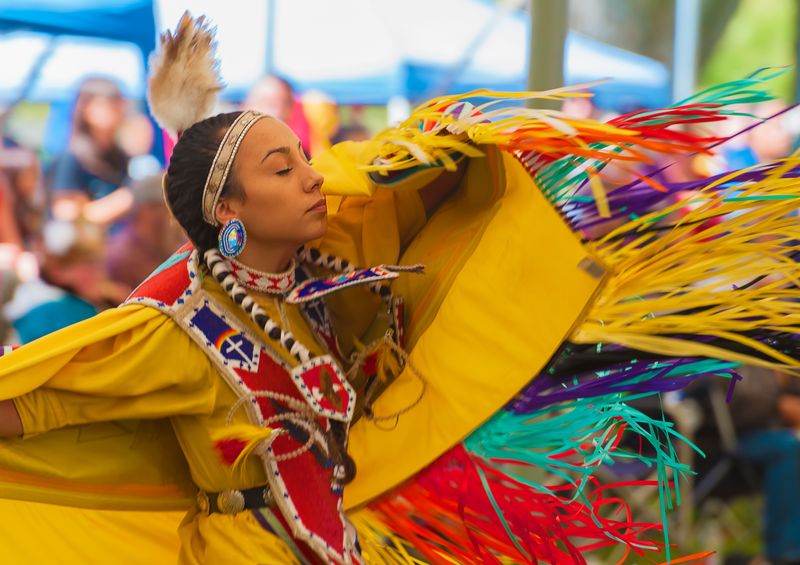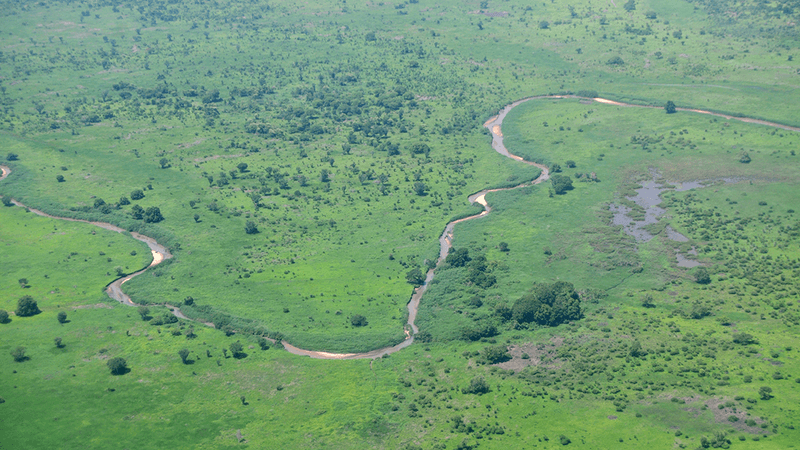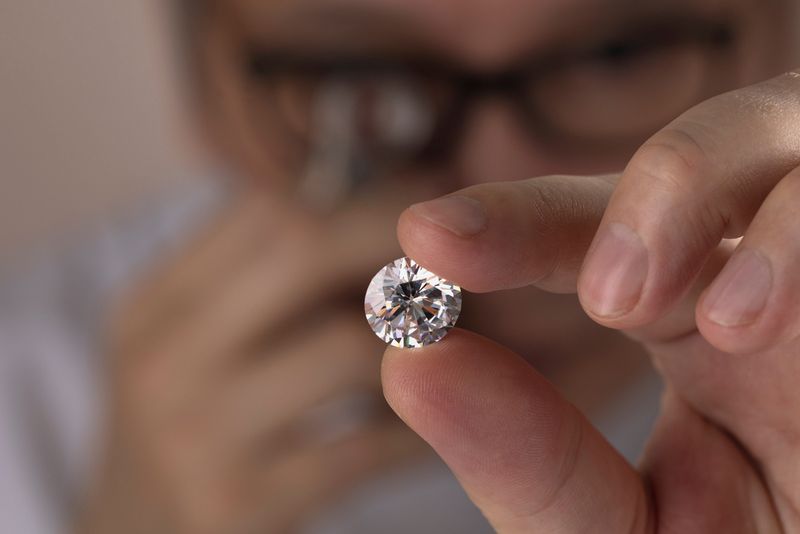A new study of mitochondrial DNA has found evidence for at least two migrations between the Americas, China, and Japan, during the last Ice Age and following melt period.
The team traced a rare Native American founder lineage across the continents and time, looking at mitochondrial DNA passed down through females. Using 100,000 modern-day and 15,000 ancient samples, the team was able to identify 216 contemporary and 39 ancient individuals who shared the lineage, mapping its branching paths using carbon dating and comparing mutations picked up along the way.
“The Asian ancestry of Native Americans is more complicated than previously indicated,” molecular anthropologist at the Chinese Academy of Sciences, Yu-Chun Li, said in a statement. “In addition to previously described ancestral sources in Siberia, Australo-Melanesia, and Southeast Asia, we show that northern coastal China also contributed to the gene pool of Native Americans.”
According to the team, the first "radiation event" (migration event) took place between 19,500 and 26,000 years ago, while the cold conditions in northern coastal China were inhospitable to humans. The second took place between 19,000 and 11,500 years ago, as the human population in the world expanded and explored during better climatic conditions.
Surprisingly, in both cases, they believe the ancient humans made their way to the Americas via the Pacific coast, rather than the Bering Land Bridge – dry land that connected Siberia and Alaska during the last Ice Age – as has been hypothesized.
.jpg)
Based on analysis of their migration across the continent, and comparisons of similarly-crafted arrowheads and spears, it's been suggested that the Paleolithic peoples of China and Japan traveled across the northern rim of the Pacific Ocean until they reached the northwest coast of North America. Given the connections, some suggested that Native Americans were descendants of the Jōmon people of Japan, though a recent genetic study found this to likely not be the case. This new study instead found that similarities may be down to a common lineage.
"In the terminal Pleistocene period, Japanese micro-blades [...] which exhibit similarities to those in Northeast Asia (including North China), display commonalities with contemporaneous stemmed points from incipient Jōmon sites," the team explains in their study.
"Importantly, stemmed points were well distributed around the Pacific rim from Japan to South America with close affinities with each other. Recent findings on stemmed projectile points in North America [...] show closer affinity to the nonfluted projectile points in Japan than to those in North Asia."
"We attribute this similarity in Paleolithic technology, as well as the phylogenetic relationships of D4h sub-lineages in China, the Americas, and Japan, to a probable Pleistocene connection among these regions."
The team also found that people from northern coastal China traveled to Japan. “We were surprised to find that this ancestral source also contributed to the Japanese gene pool, especially the Indigenous Ainus,” Li added.
“This suggests that the Pleistocene connection among the Americas, China, and Japan was not confined to culture but also to genetics," said senior author Qing-Peng Kong.
The team plans to investigate more lineages to get a more complete picture of where Native Americans came from.
The study is published in Cell Reports.
An earlier version of this article was published in May 2023.




